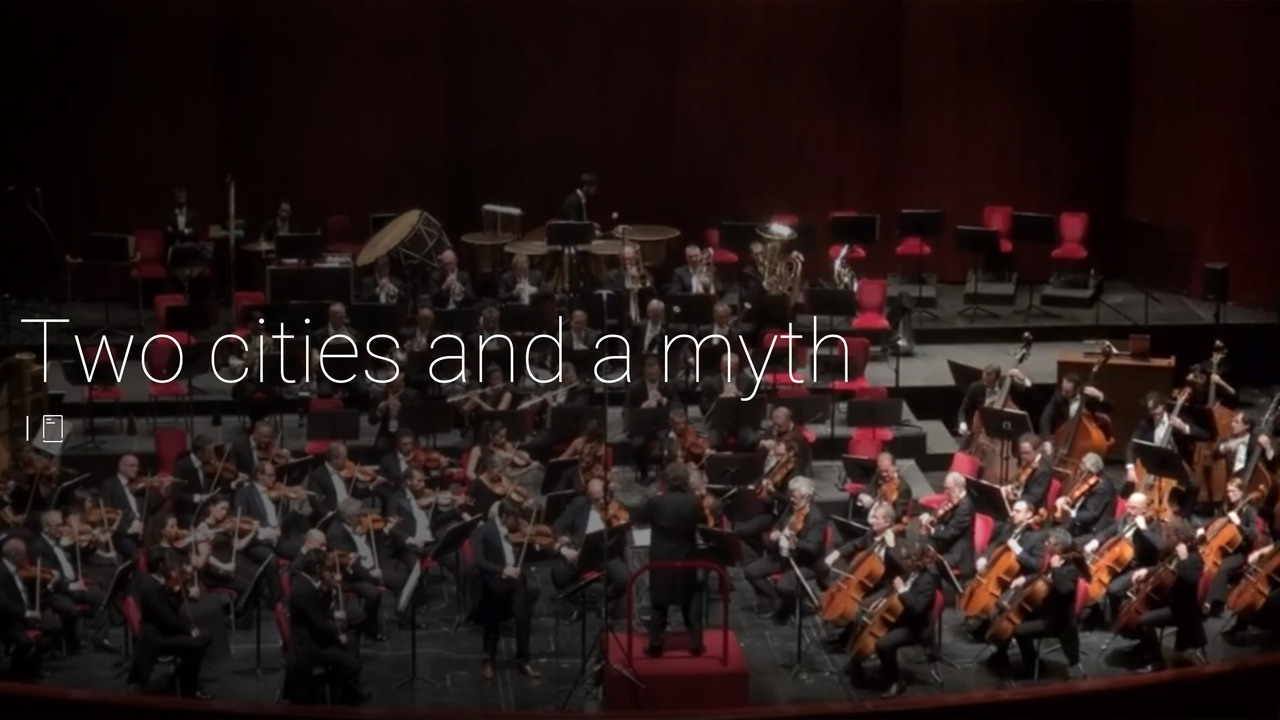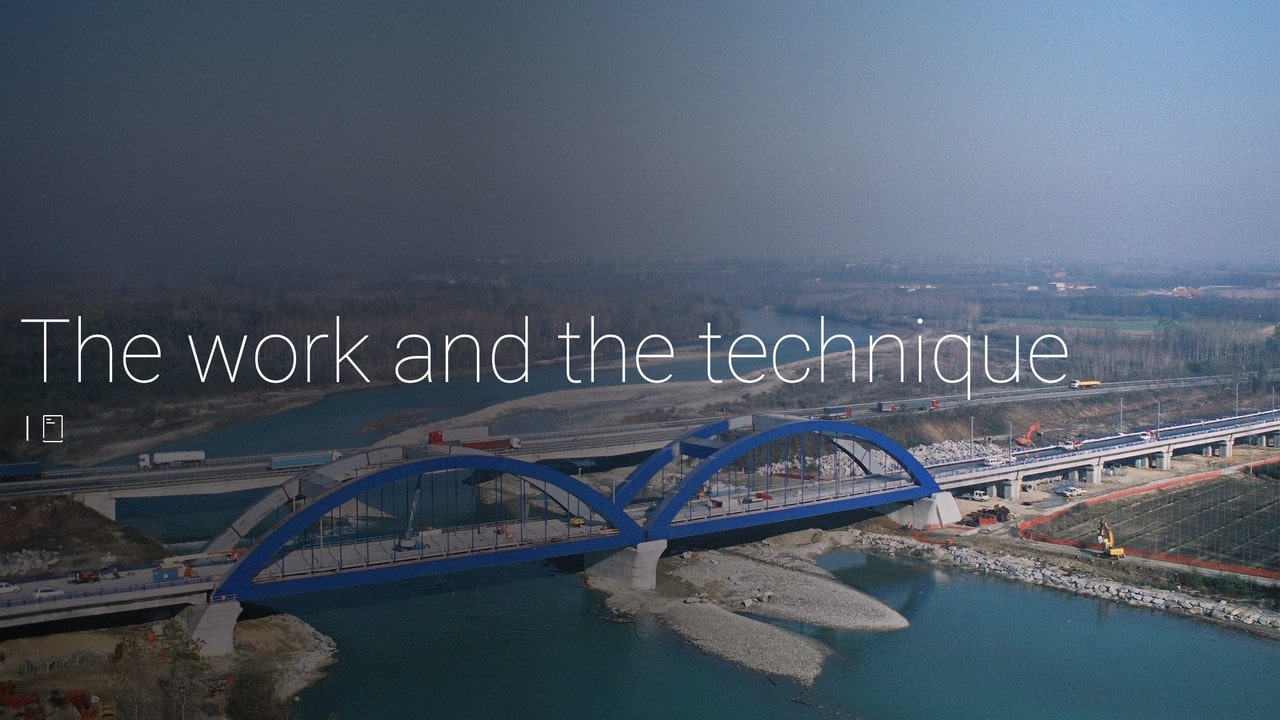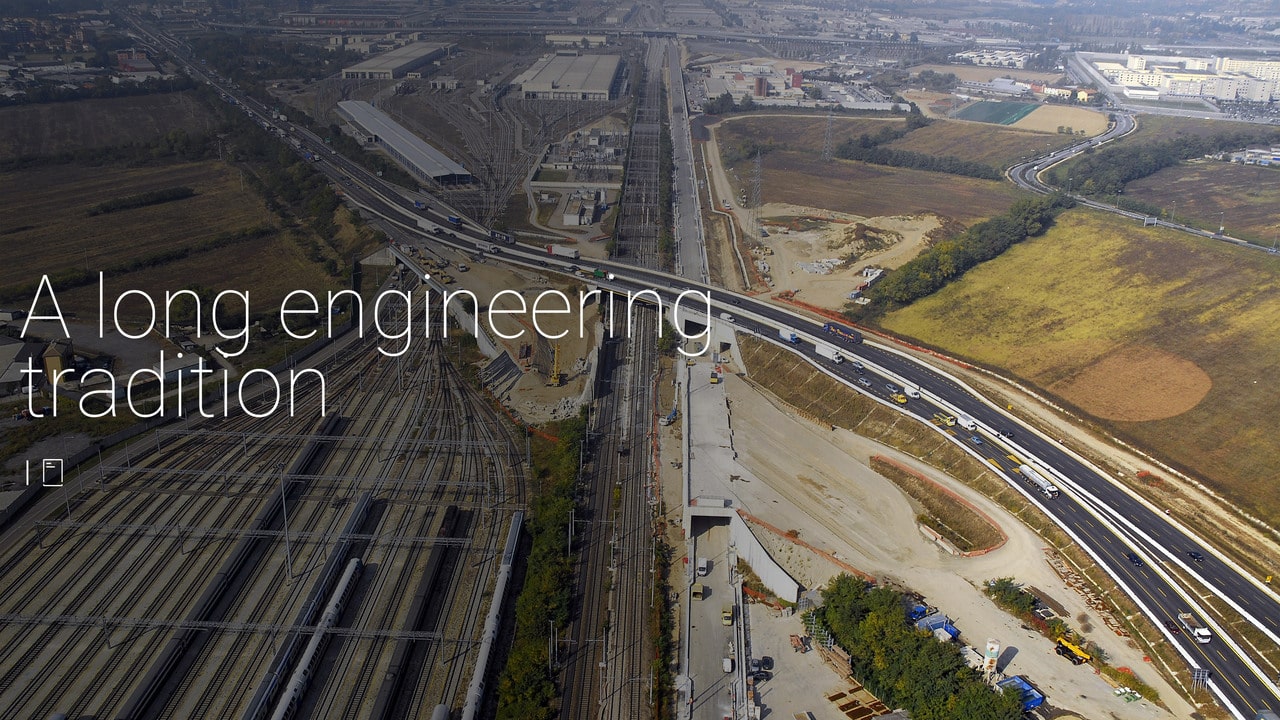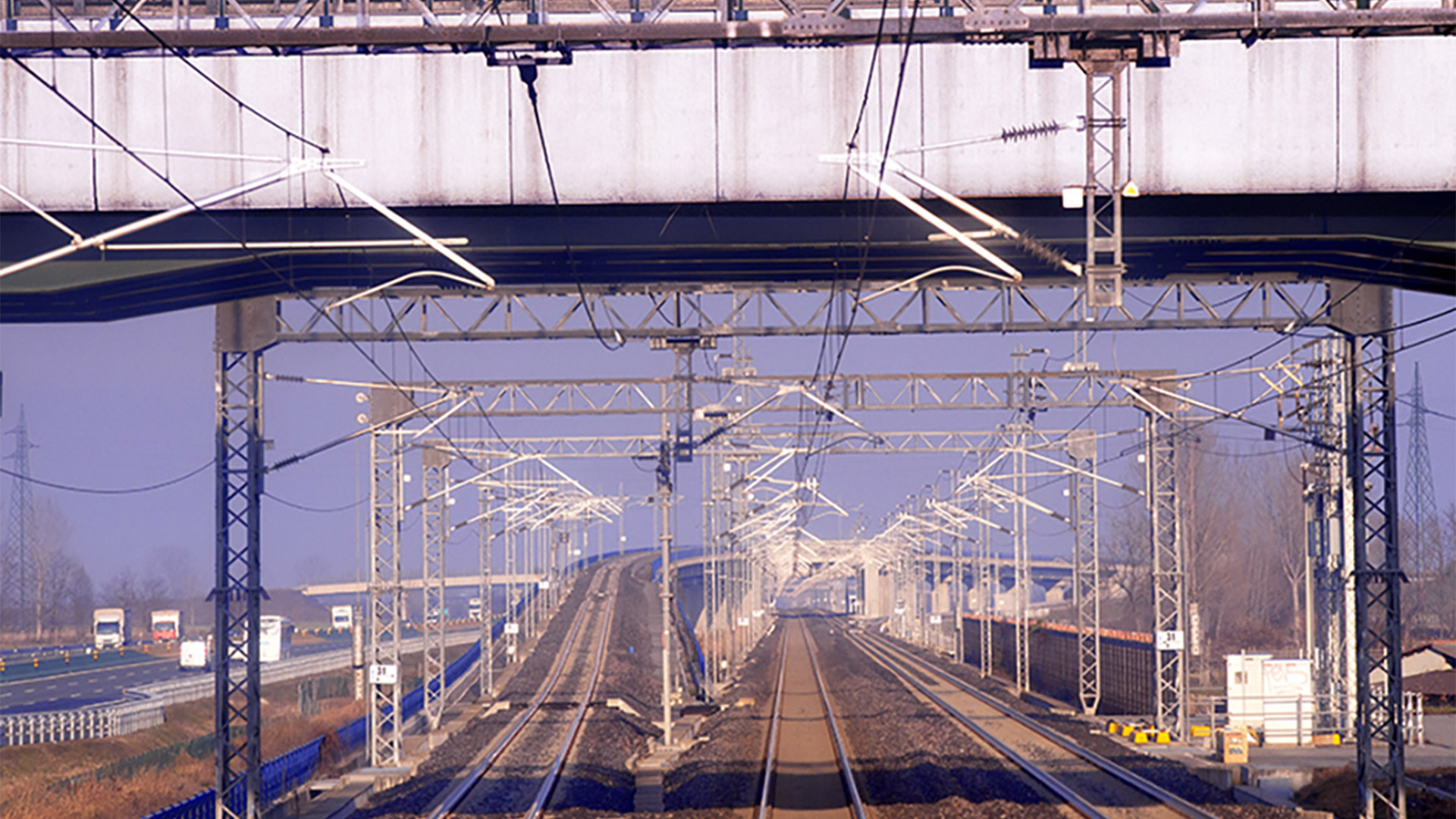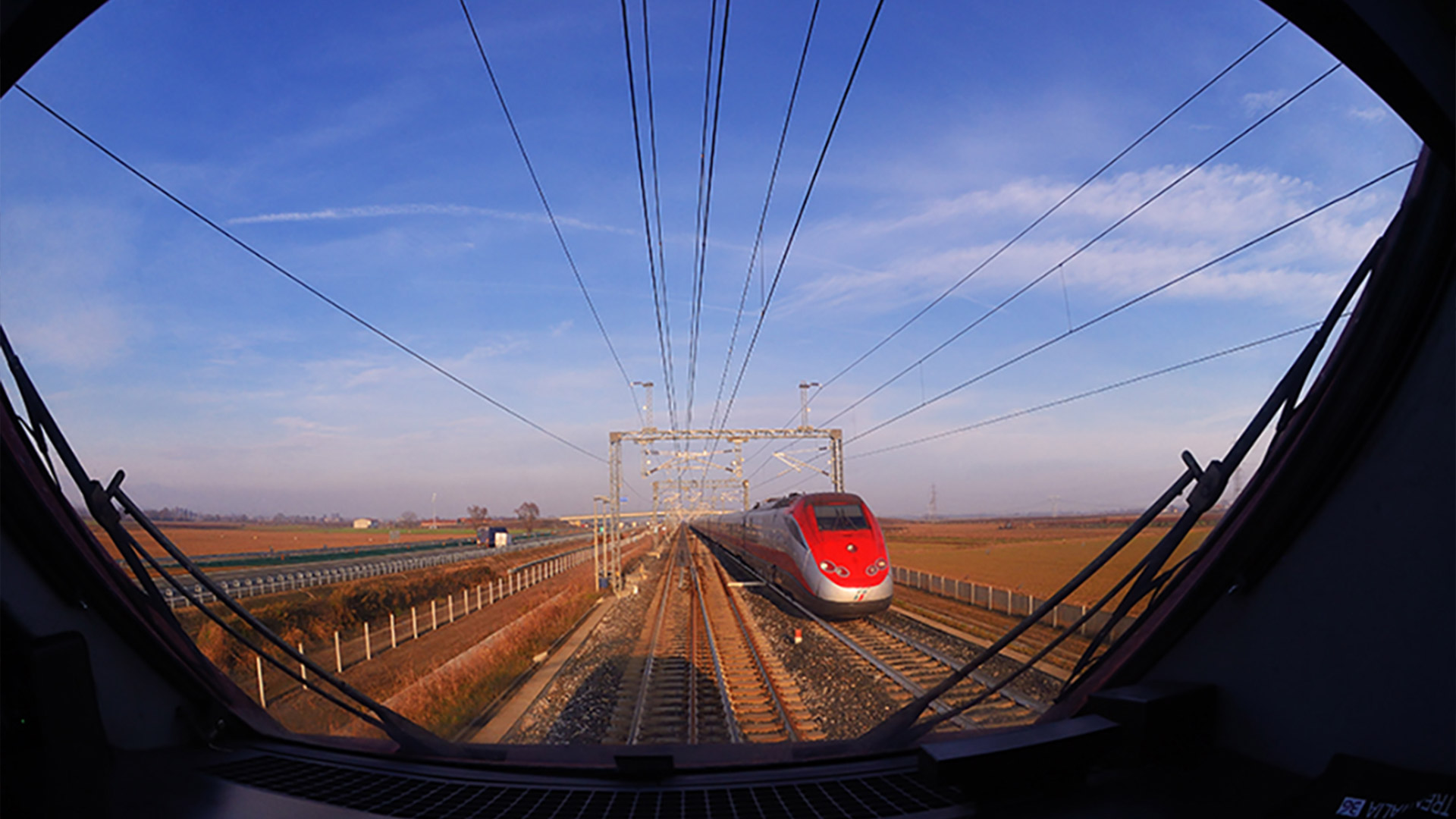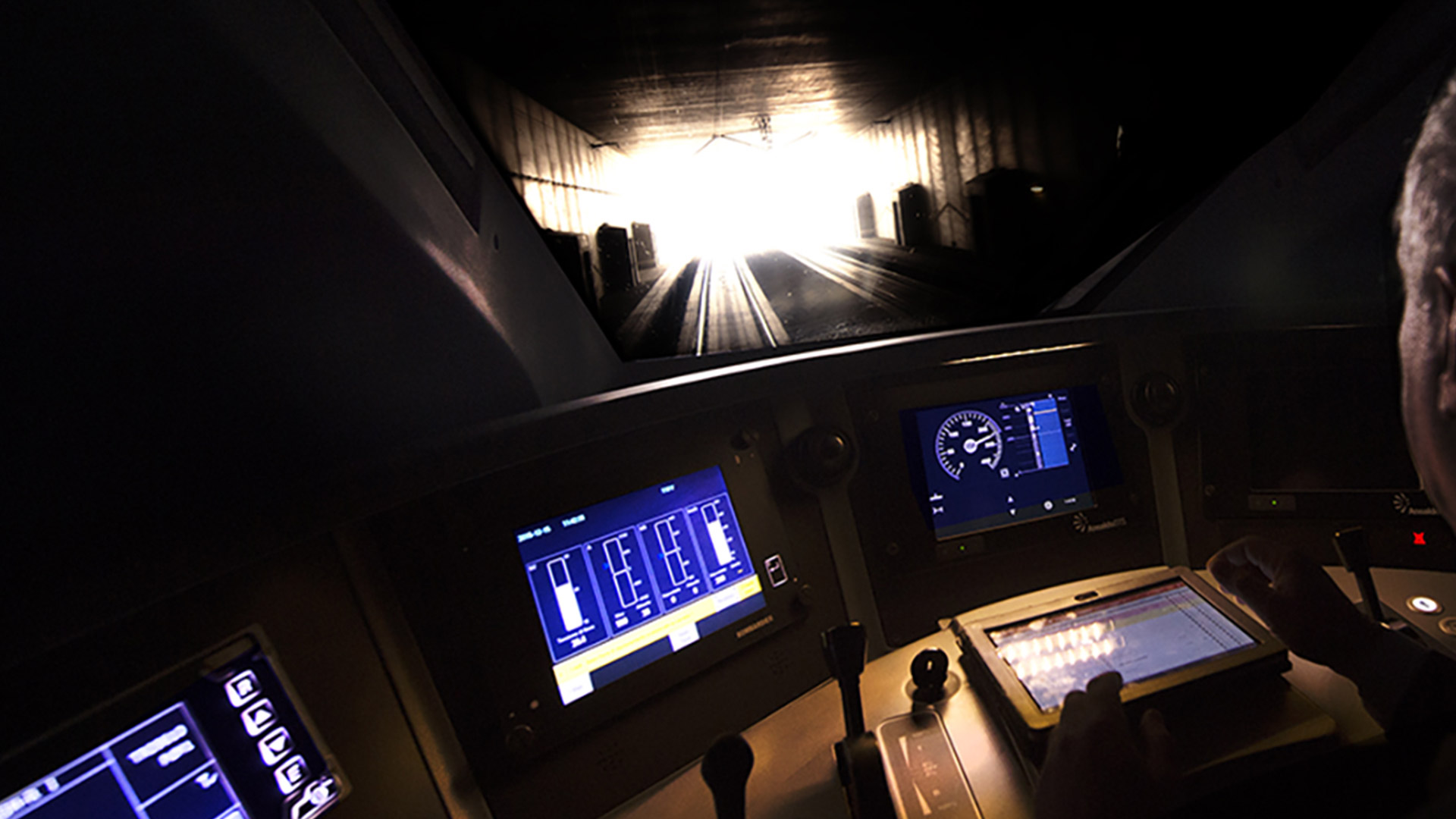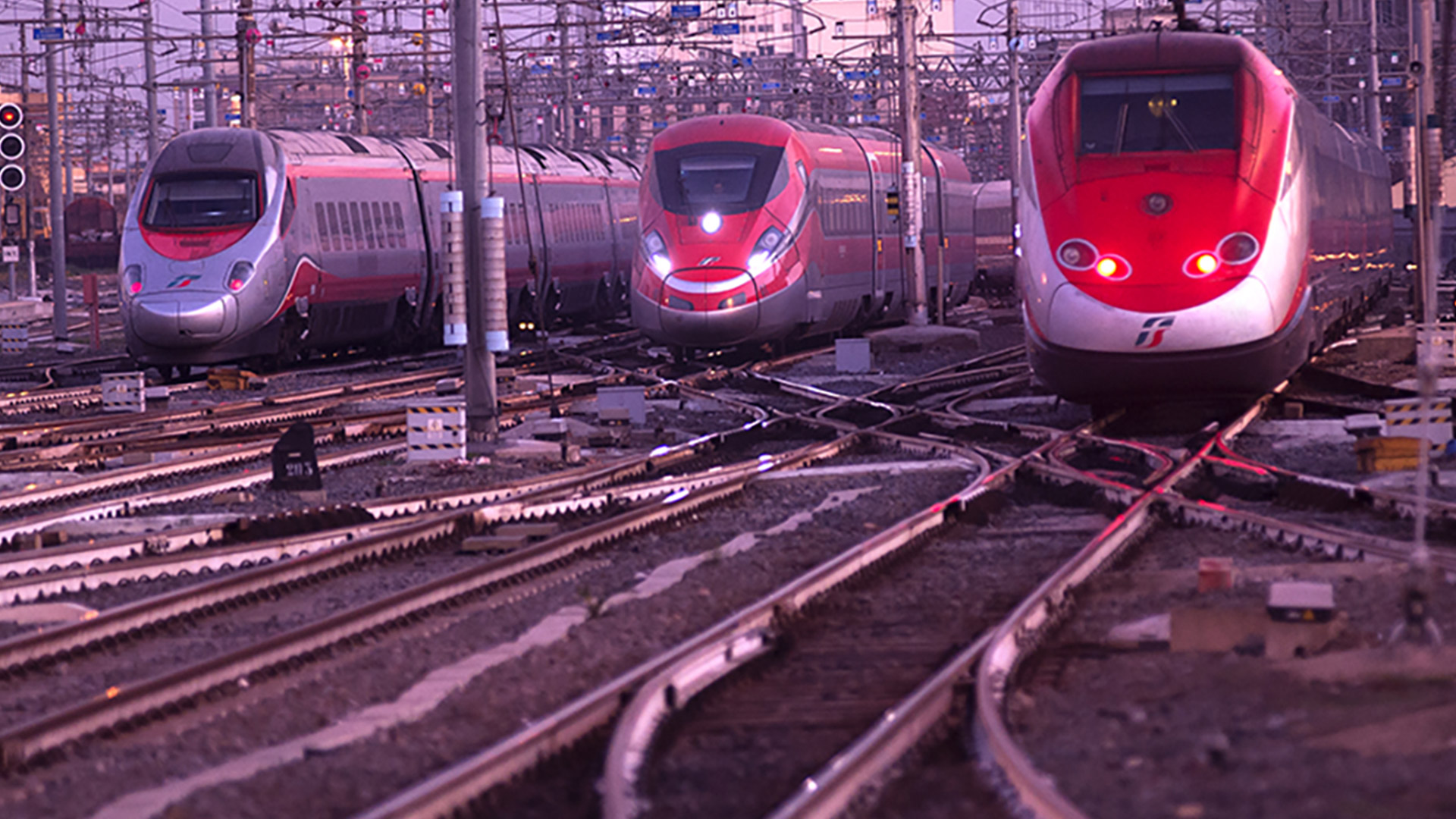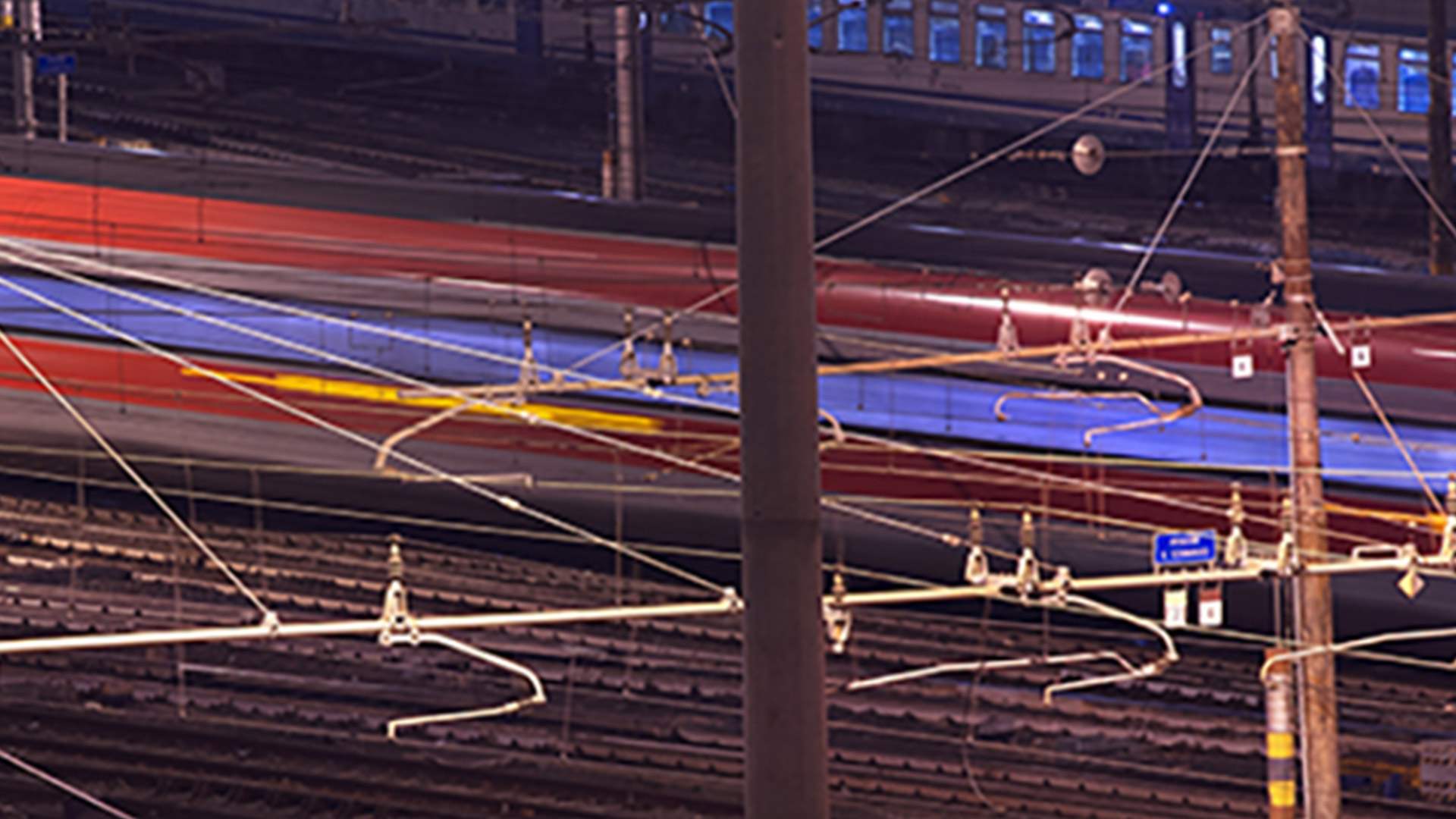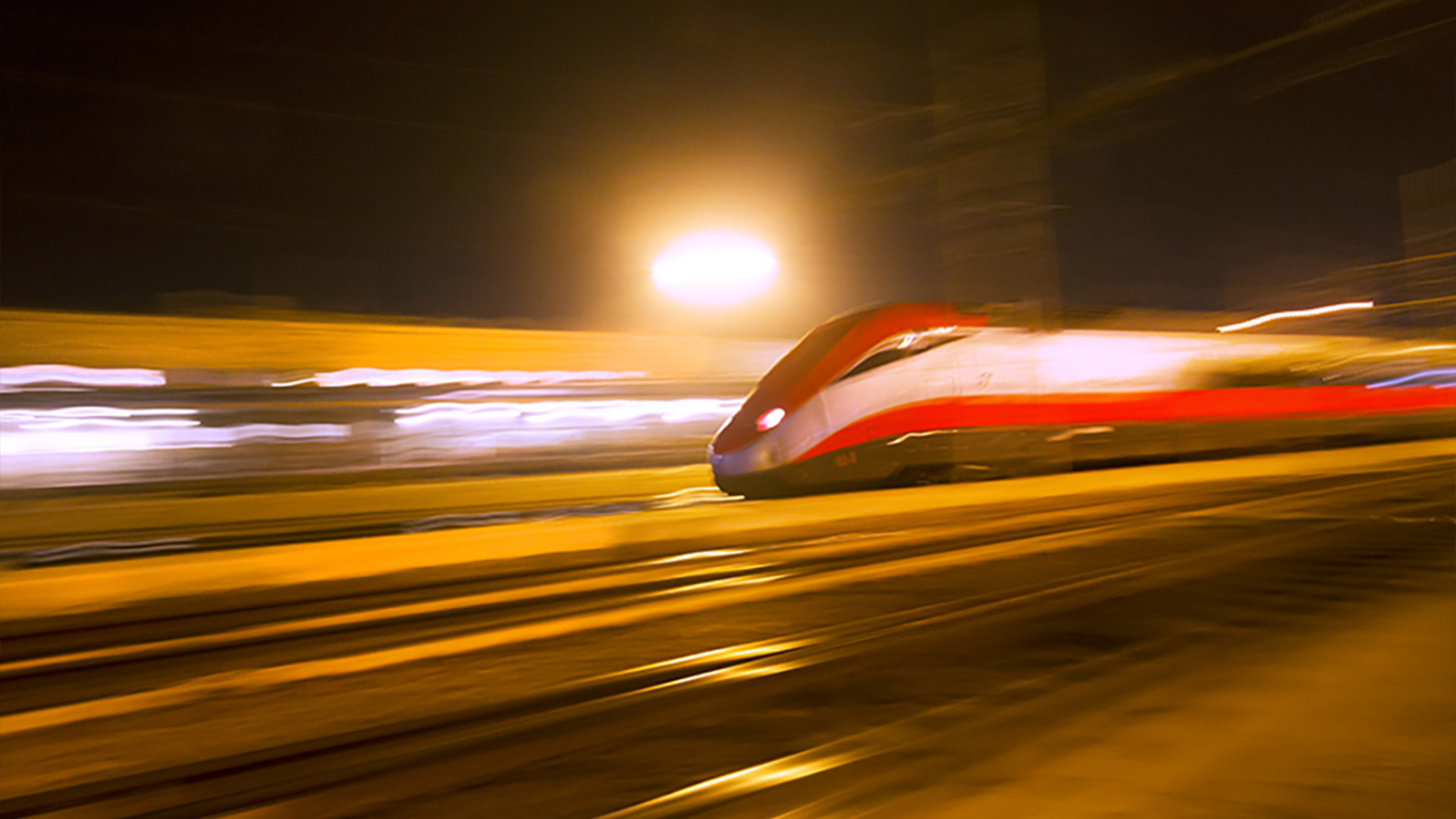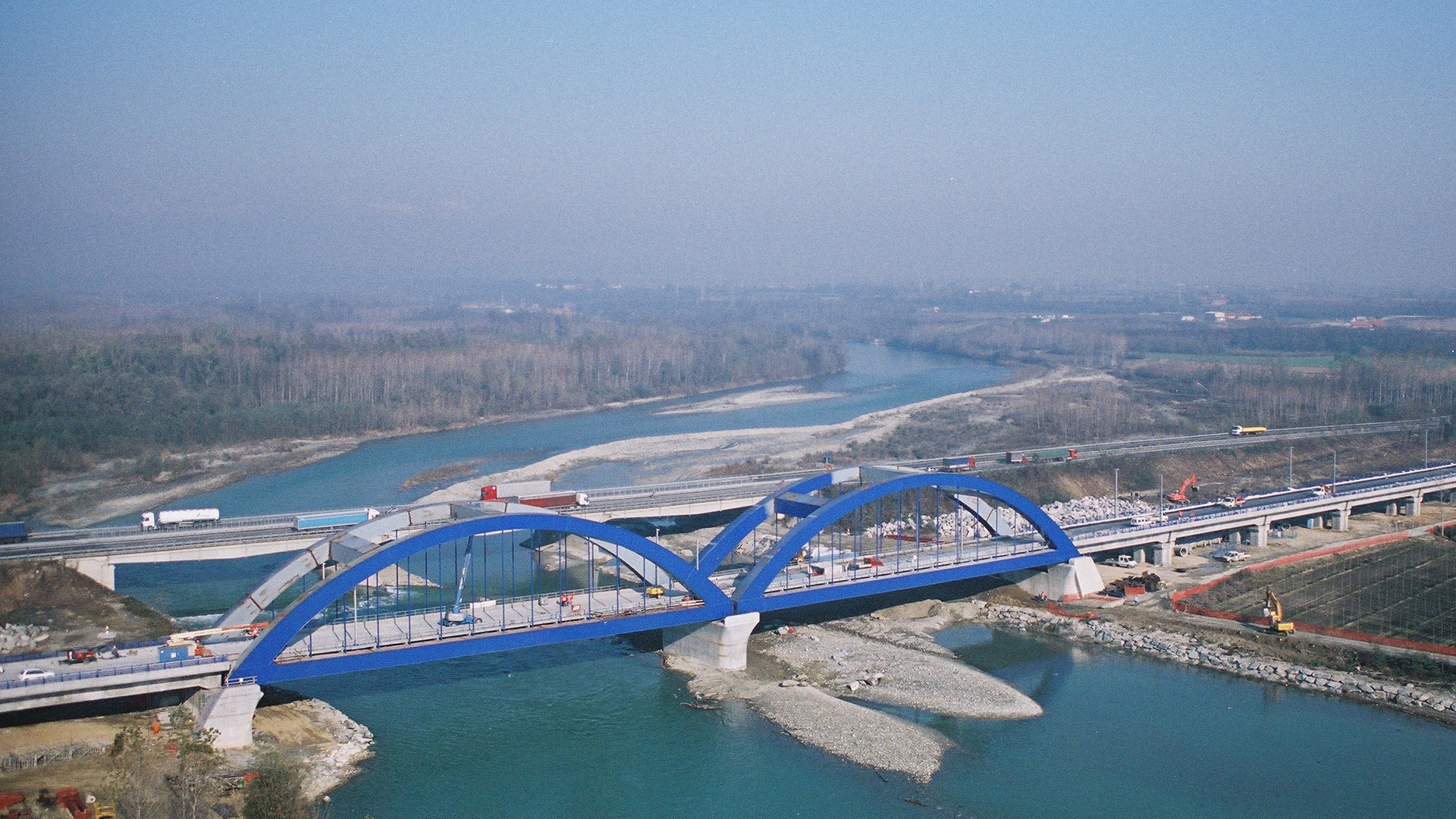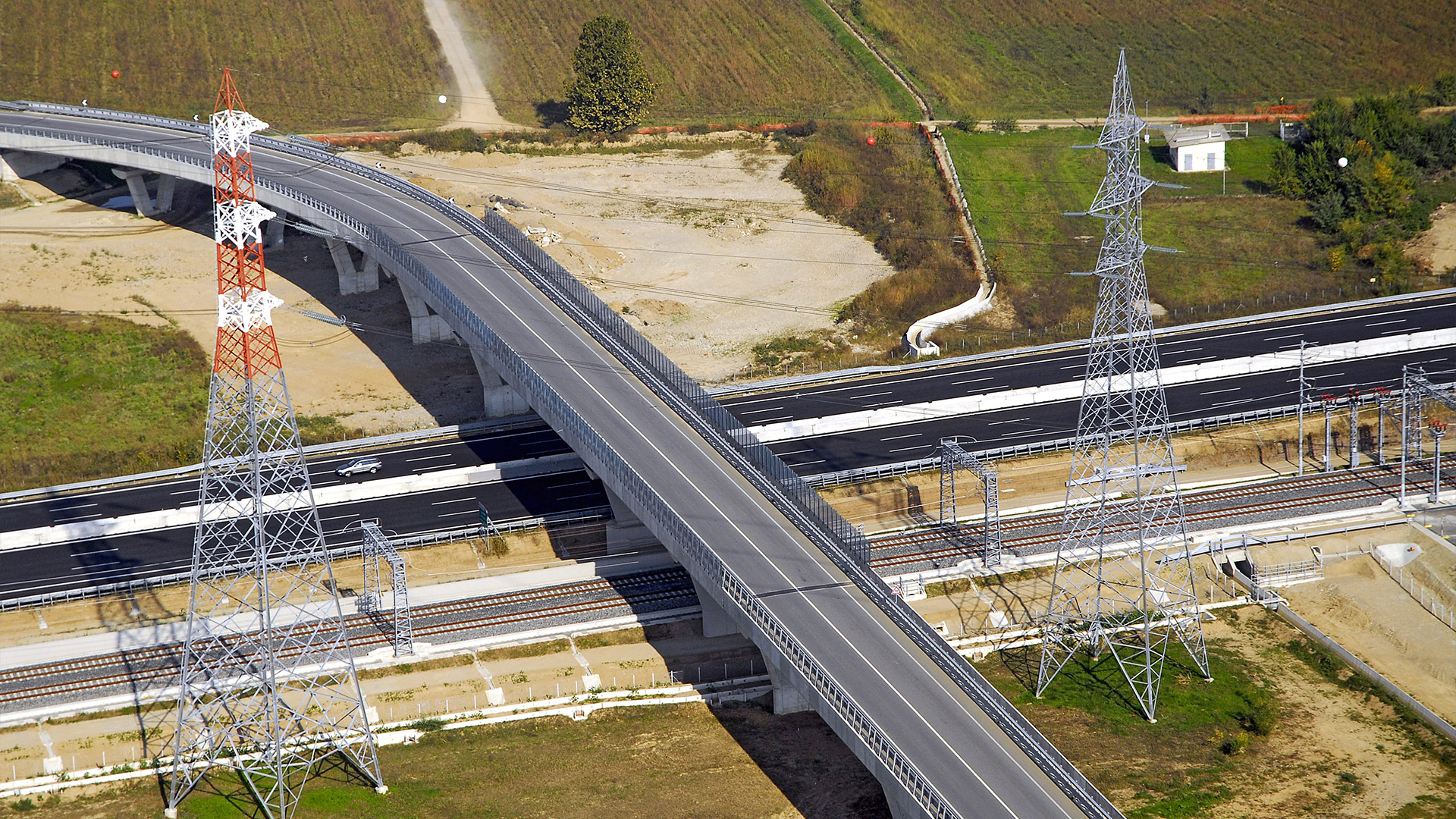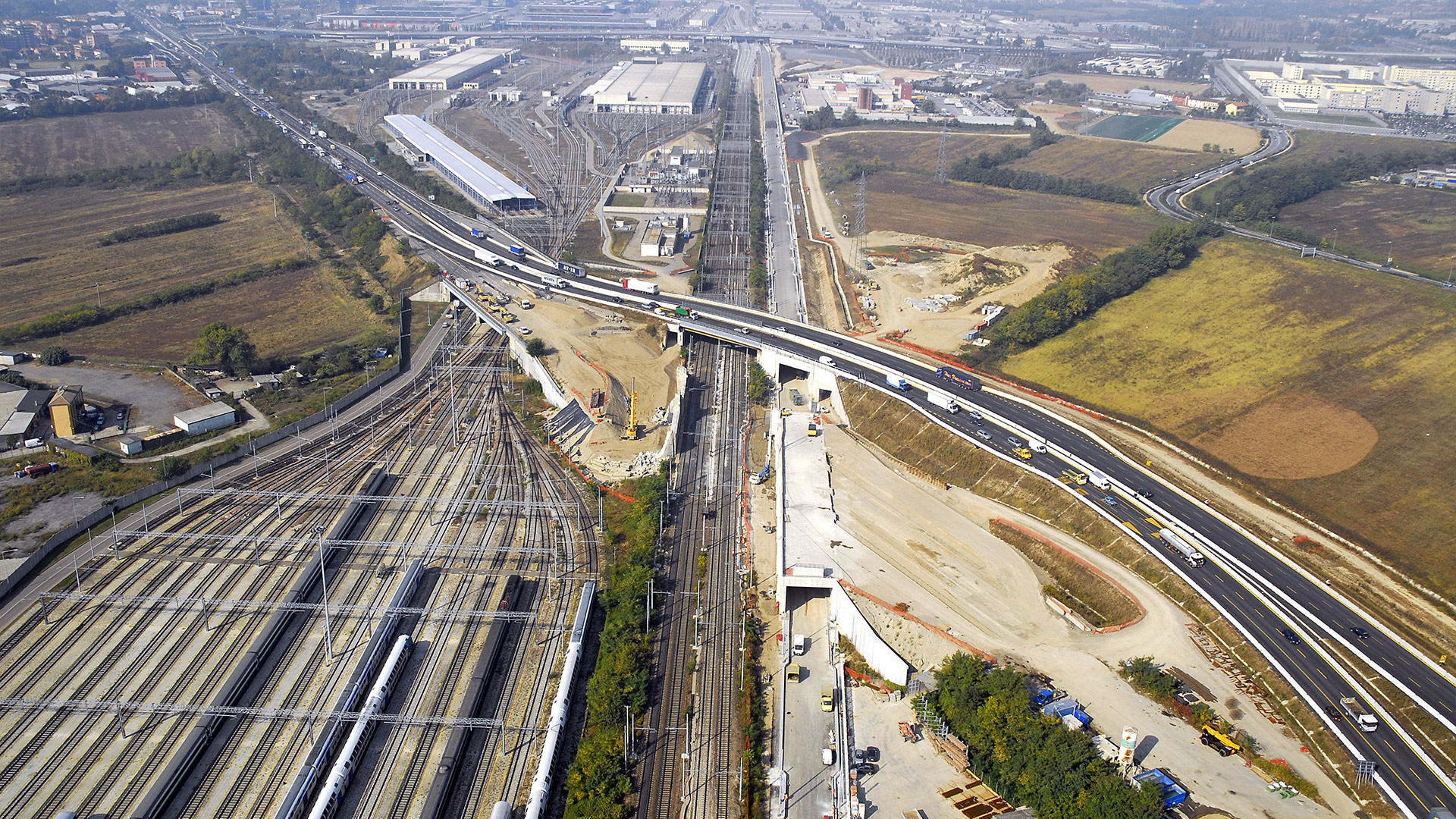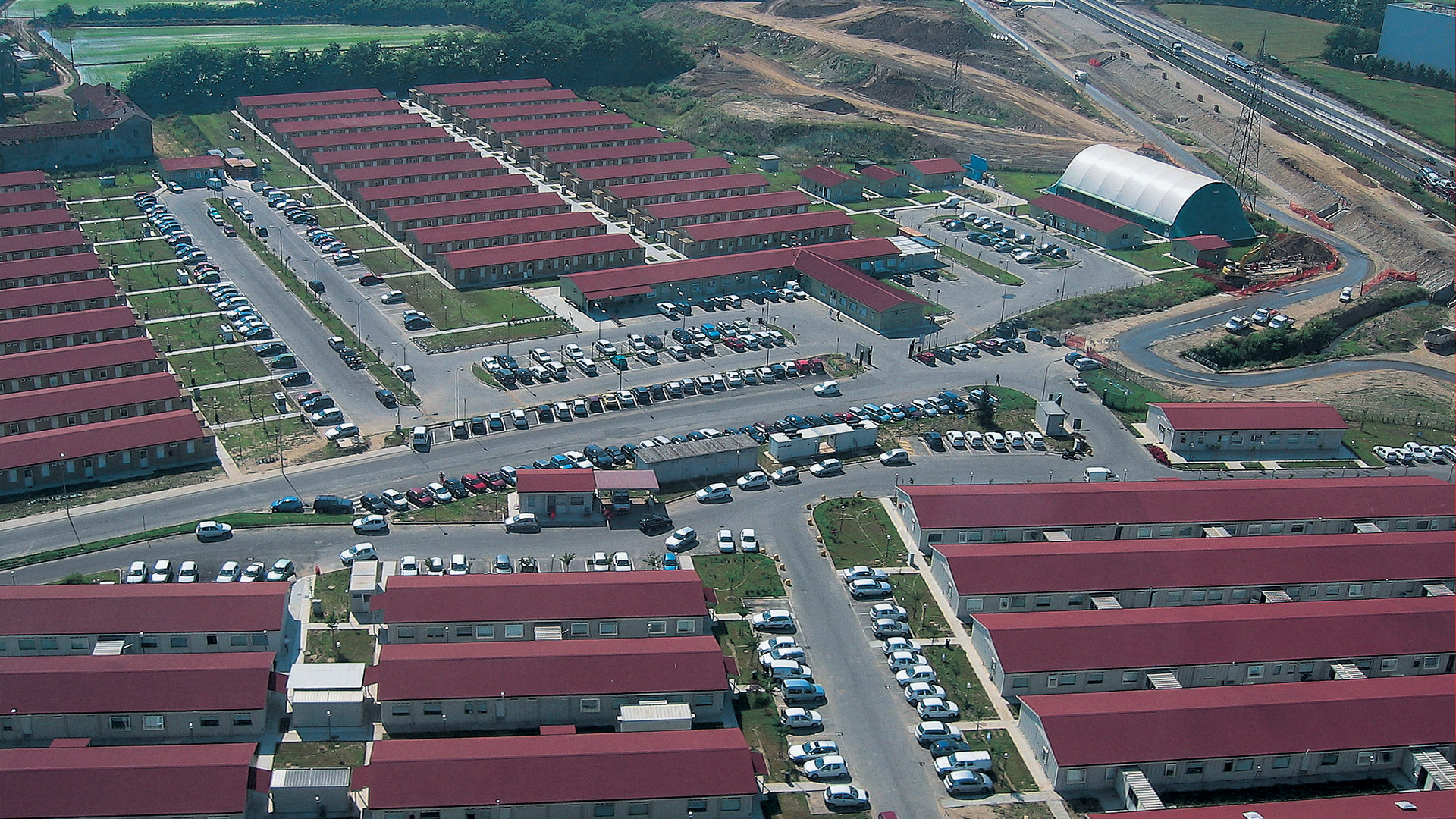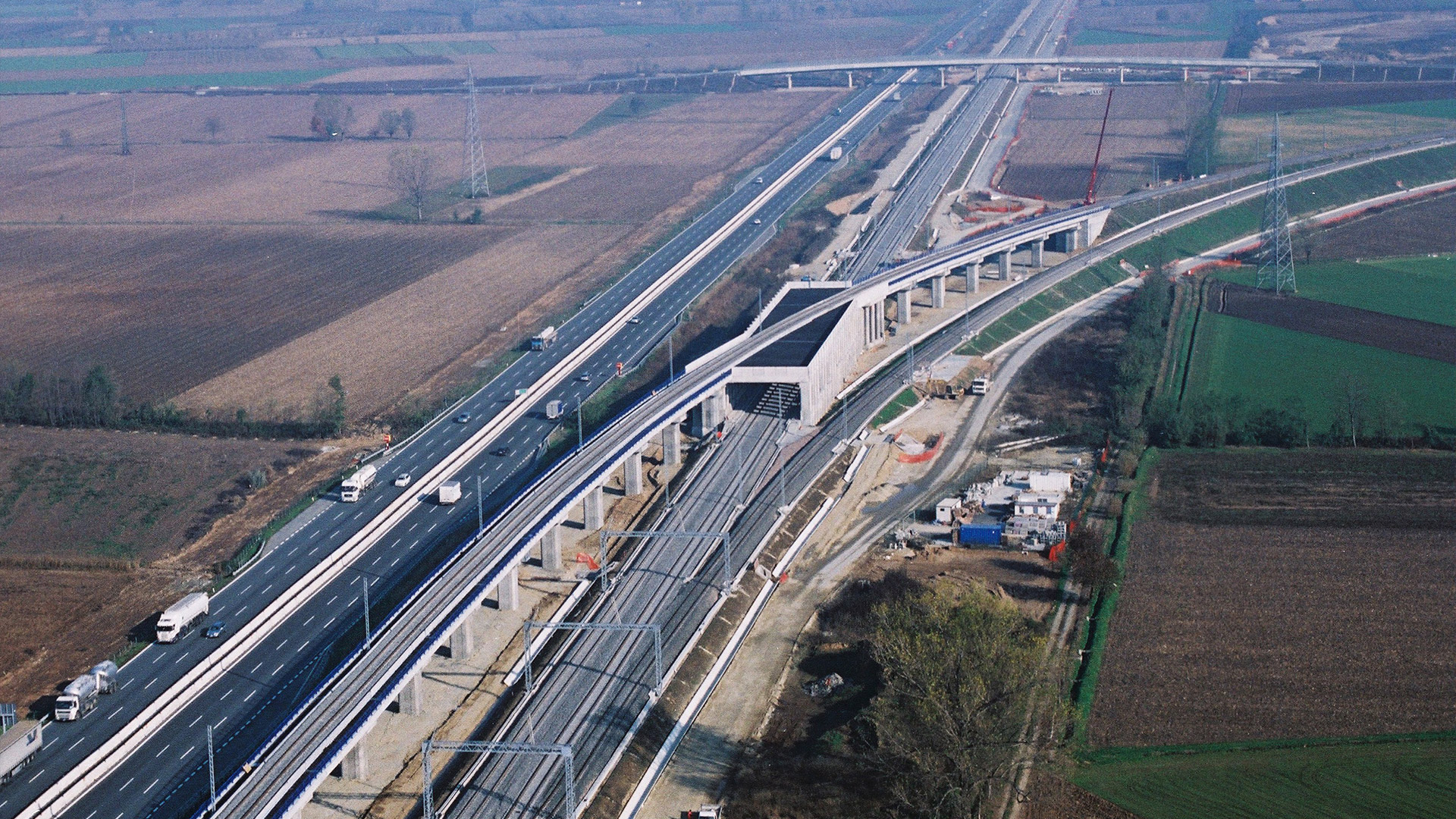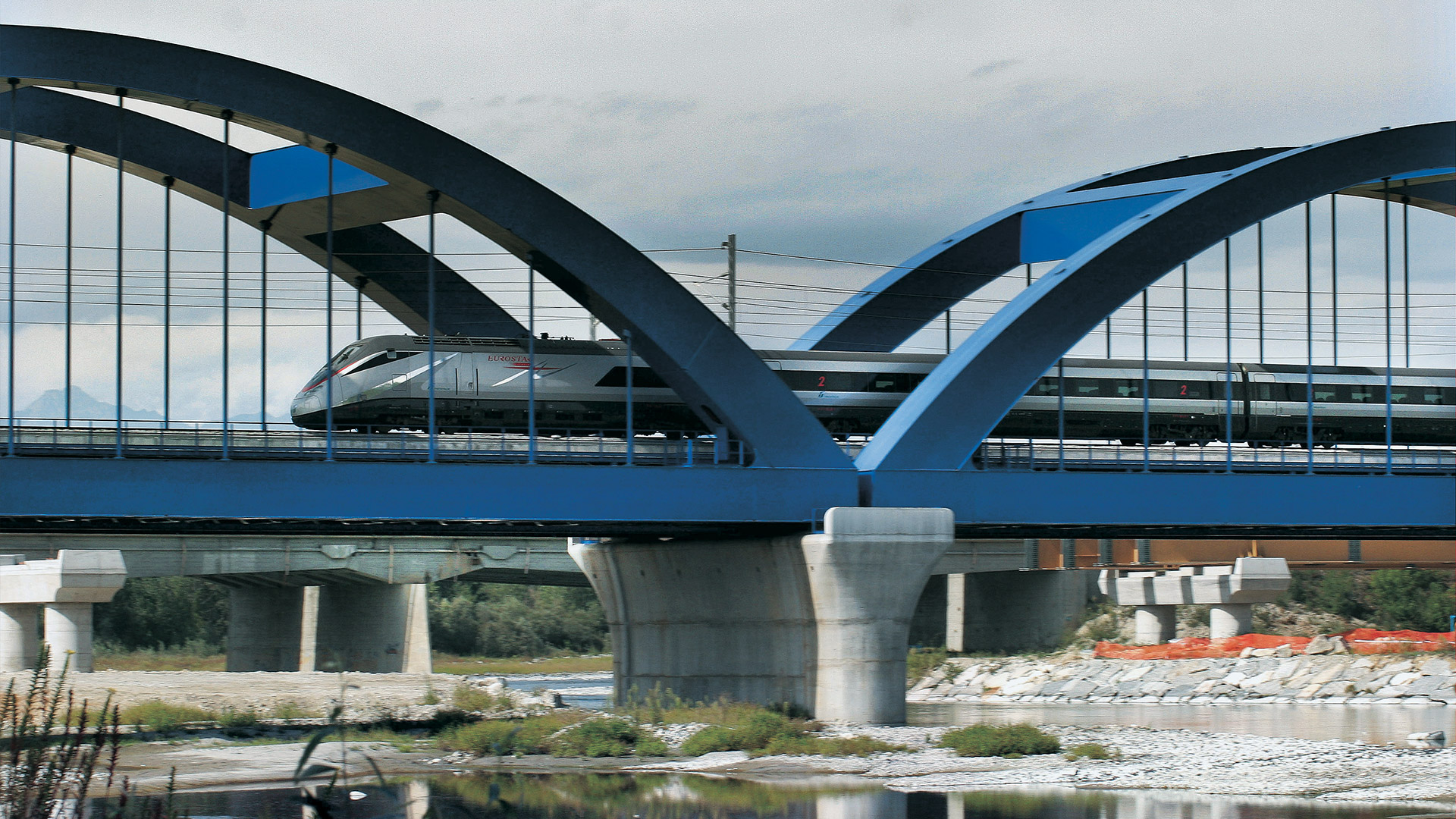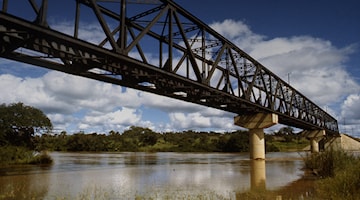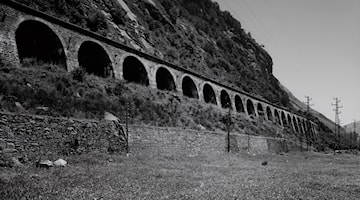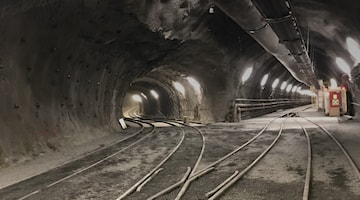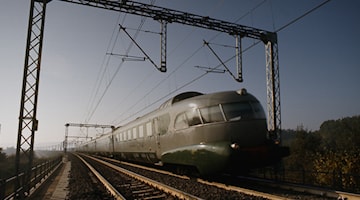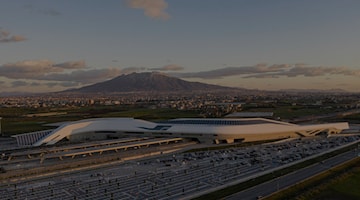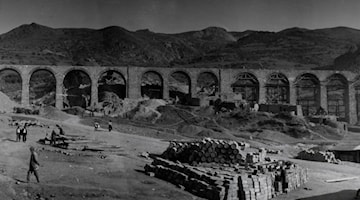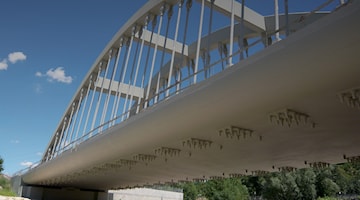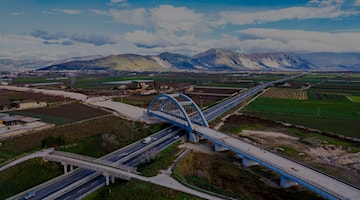Two cities and a hut
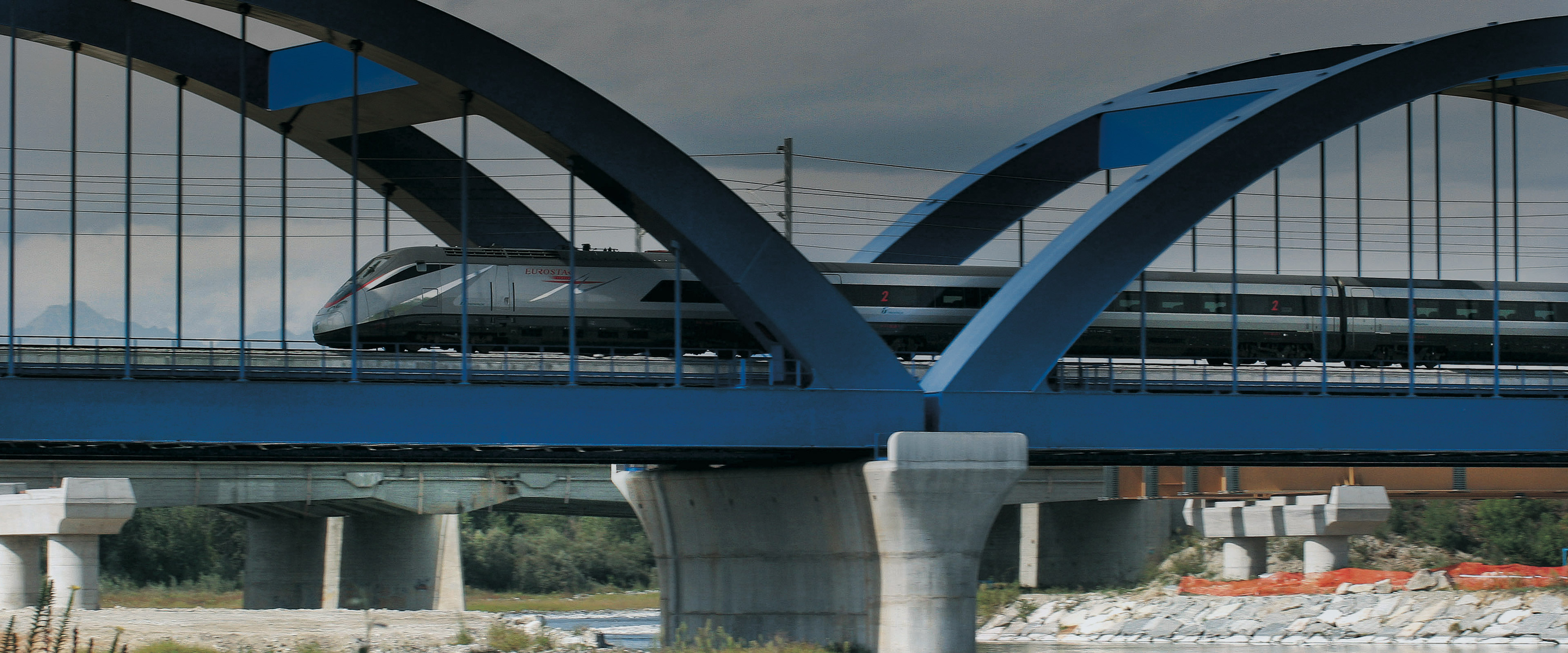
TURIN-MILAN HIGH-SPEED / HIGH-CAPACITY RAILWAY, ITALY
For visionary minds, it is the main megalopolis of future Italy. Milan+Turin, Turin+Milan: one big city, with its two main hubs about 140 km apart. Too many kilometres? Not really, if compared to Los Angeles, which at 240 km in length is the largest metropolitan area in the world. An epochal transformation already underway thanks to a key piece, the high-speed rail line, which since 2009 has revolutionized how people live in both Turin and Milan.
Divided into two sections (Turin-Novara and Novara-Milan), the work was finished in less than 94 months. Over 6,000 workers shaped a new 125-km double-track line along the Turin-Milan highway, with 90 km of embankments, 4 km of trenches, 22 km of bridges and viaducts, 4 km of tunnels and 54 km of noise barriers. To achieve it, highway detours and adjustments to the existing road system were made (more than 100 overpasses and overpasses on railroad tracks and 40 km of civil defence service track). All this, after excavating 14,866,000 cubic metres of earth and using 3,239,000 cubic meters of concrete and 289,000 tons of steel.
Three interconnections to the historic line, which dates back to 1864. In those days it took 3.15 hours to reach Milan's fledgling Central Station from Italy’s capital.
And even though Italy has always been at the forefront of high-speed rail (opened in 1970, the Rome–Florence Direttissima was Europe’s first high-speed railway), travel times to get from the Mole to the Pirellone at the beginning of the new millennium were still close to 3 hours.
Thanks to the new line, however, inaugurated in two phases (in 2006, the Turin-Novara section; and in 2009, the Novara-Milan section), travel times have dropped to a scant 50 minutes, less than crossing the two individual cities during rush-hour traffic. Finally, the new line is a great benefit not only for commuters, national productivity, and freight transport, but also for the environment, which in addition to a considerable reduction in CO2 emissions, has also benefited along the route from the remediation of 20 polluted sites and about 30 areas of abandoned waste.

THE WORK AND THE TECHNIQUE
KM LINE LENGTH
KM BRIDGES AND VIADUCTS
KM TUNNEL
M³ OPEN PIT EXCAVATION
M³ CONCRETE
KM NOISE BARRIERS
Ferrovie dello Stato S.p.A.
Consorzio Alta Velocità Torino-Milano (CAVTOMI) with lead contractor Salini Impregilo now Webuild's
Work on the Turin-Milan high-speed, high-capacity railway line was divided into two sections: the Turin-Novara and the Novara-Milan.
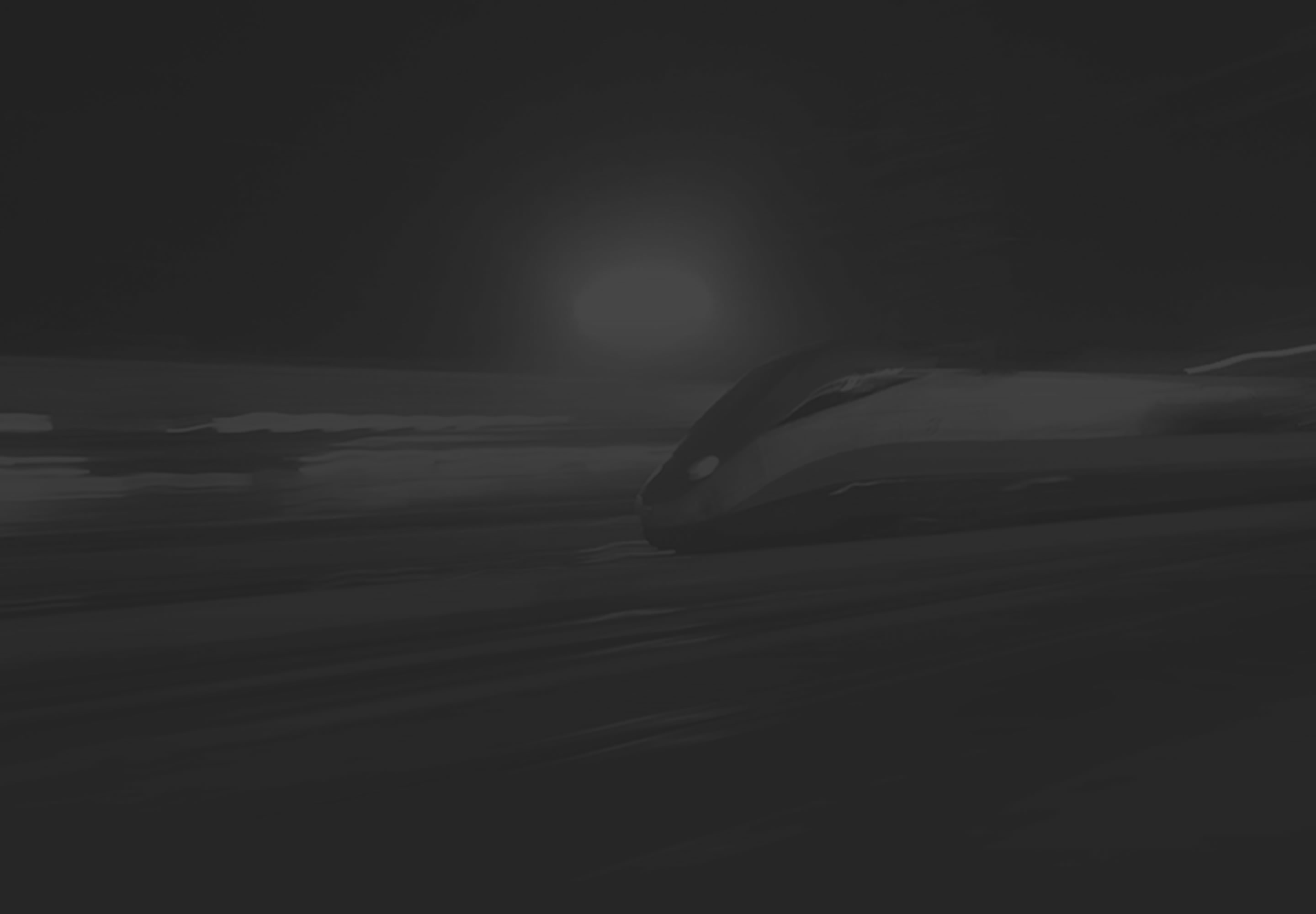
CULTURAL INSIGHTS

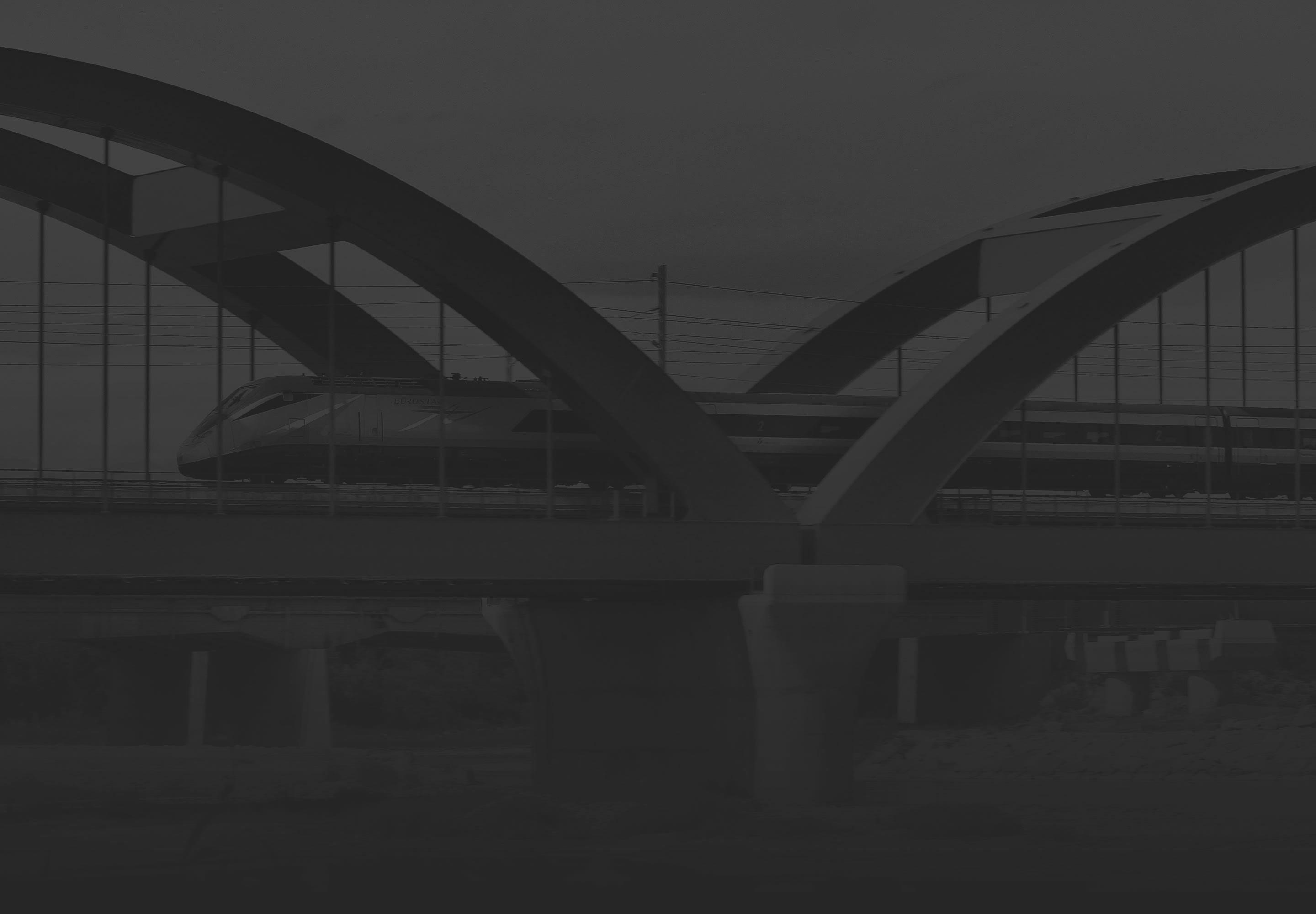
A long engineering tradition
High-speed rail is an evolution of rail transport that has a significant engineering and construction tradition in Italy: if already on July 20, 1939, the ETR 200 electric train managed to cover the Florence-Milan route at an average speed of 165 km/h and a peak of 203.
Today there are 1,467 kilometres in Italy.
The 130-km journey is covered in about 50 minutes (halving the time of the faster Eurocity), compared with distances that before its inauguration could be close to 3 hours, a duration almost identical to the 3 hours and.15 minutes required in 1864 to travel the same route with the faster train, which left Turin at 8.40 and arrived in Milan at 11.55 (stopping ten minutes in Novara).
In first class, the one-way ticket cost 16 liras and 40 cents, in second 11 and 60, and in third 8 and 30; considering that in 1864 the average monthly salary of a state employee (at the time better paid than those working in the private sector) was 100 liras, it can be seen that today's high-speed rail is much more democratic, affordable and accessible than its nineteenth-century ancestor.
Today, in second class, the equivalent ticket costs between 32 and 36 euros, figures that certainly do not represent 11.6% of a commuter employee's monthly salary.
km route in about 50' vs 3h before the inauguration
You could also be interested in






